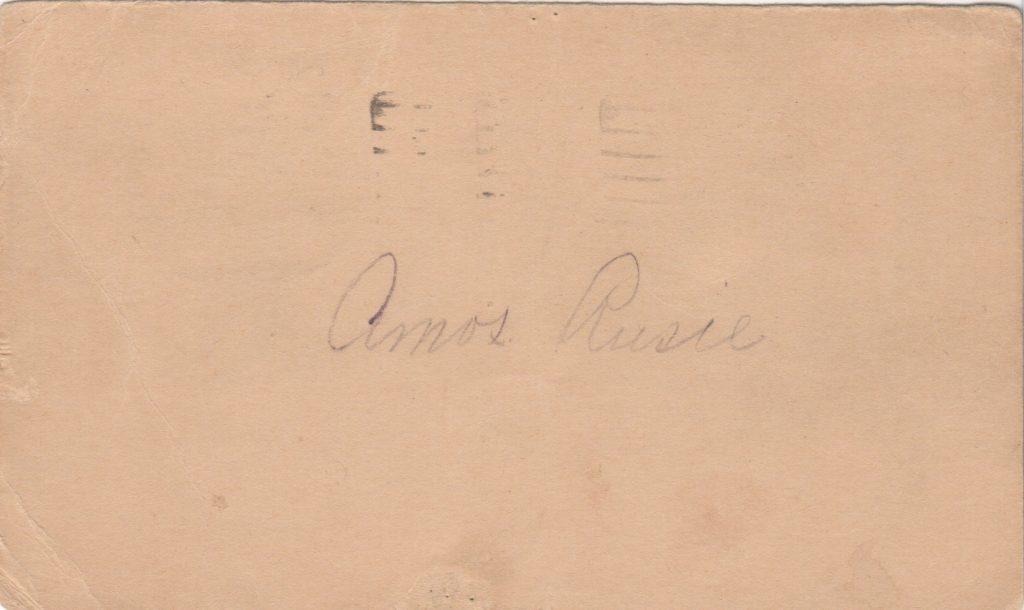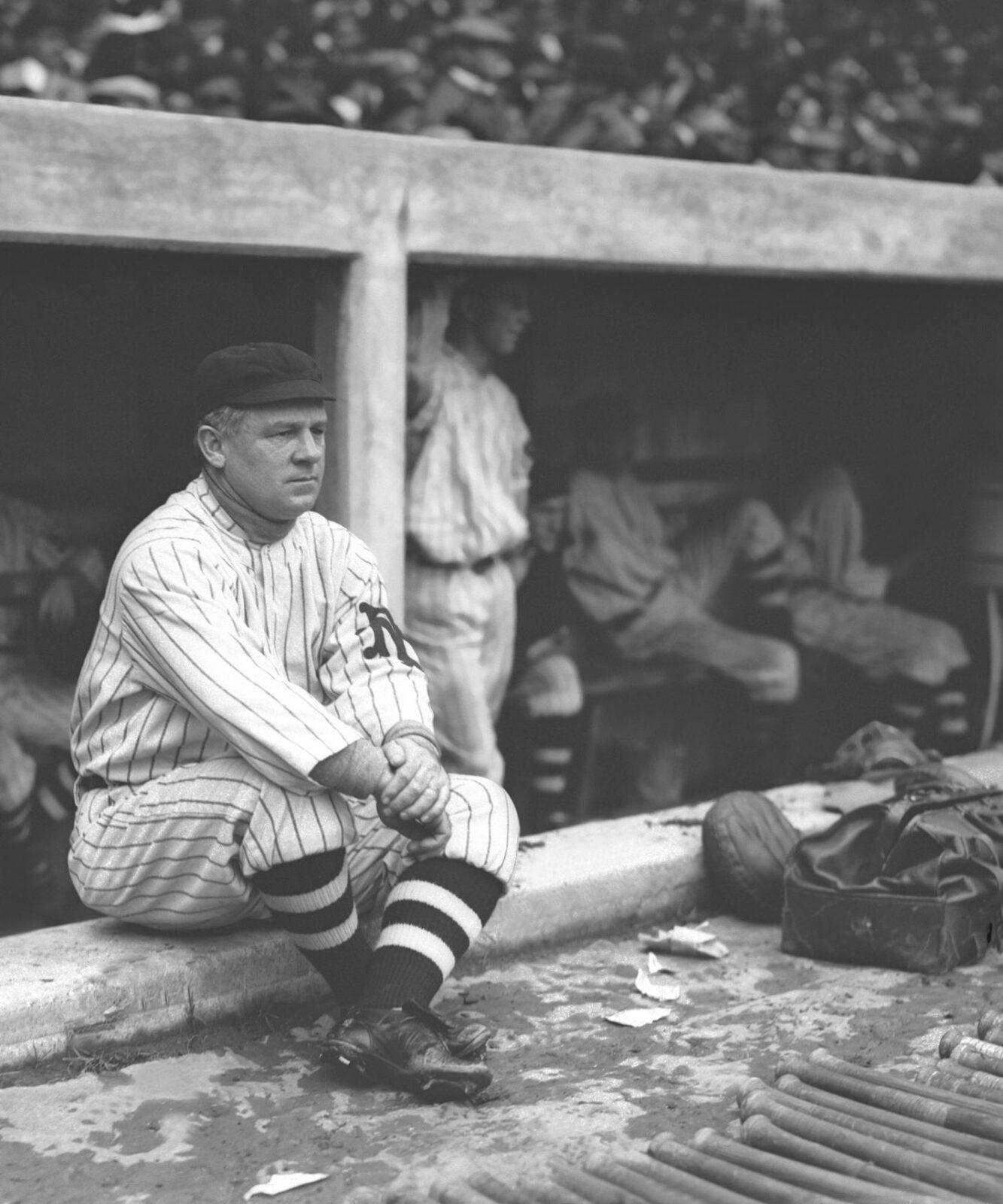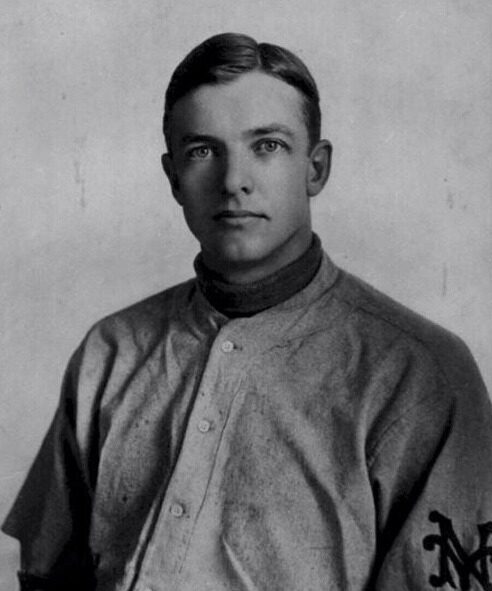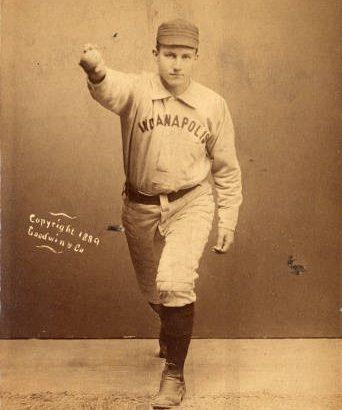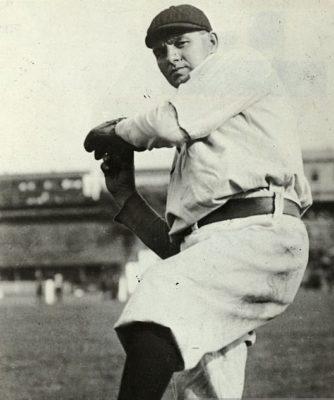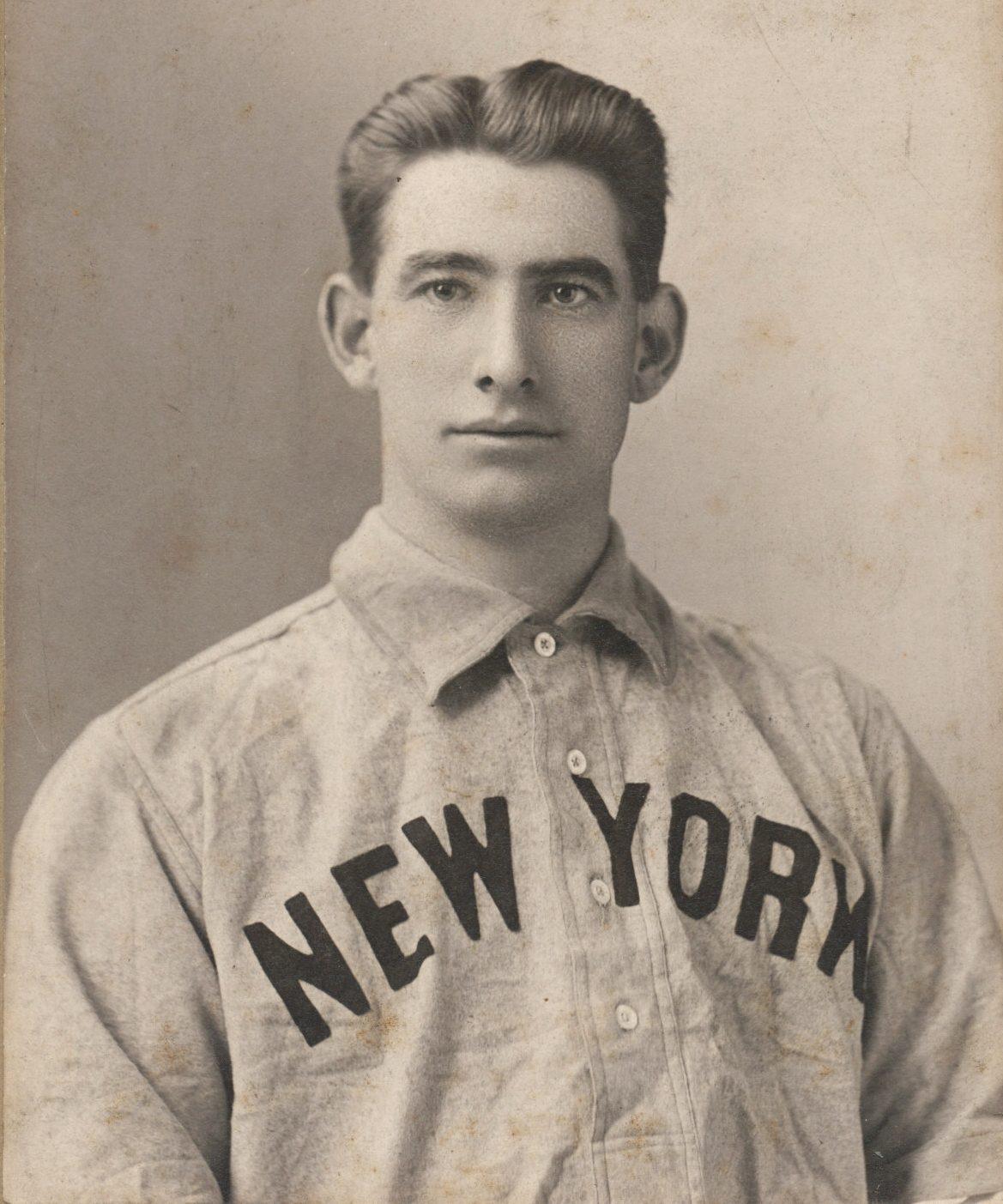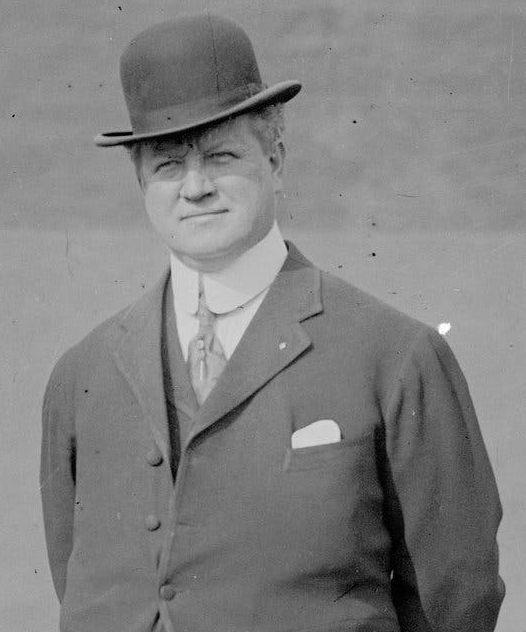John Brush
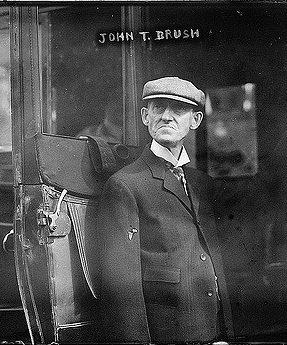
| Birthdate | 06/15/1845 |
| Death Date | 11/26/1912 |
| Debut Year | 1887 |
| Year of Induction | |
| Teams | Giants, Reds |
| Positions | Executive, Owner |
John Brush was honored by the Baseball Hall of Fame along with ten other executives in 1946 as members of the Honor Rolls of Baseball.
Leave a commentIn the collection:
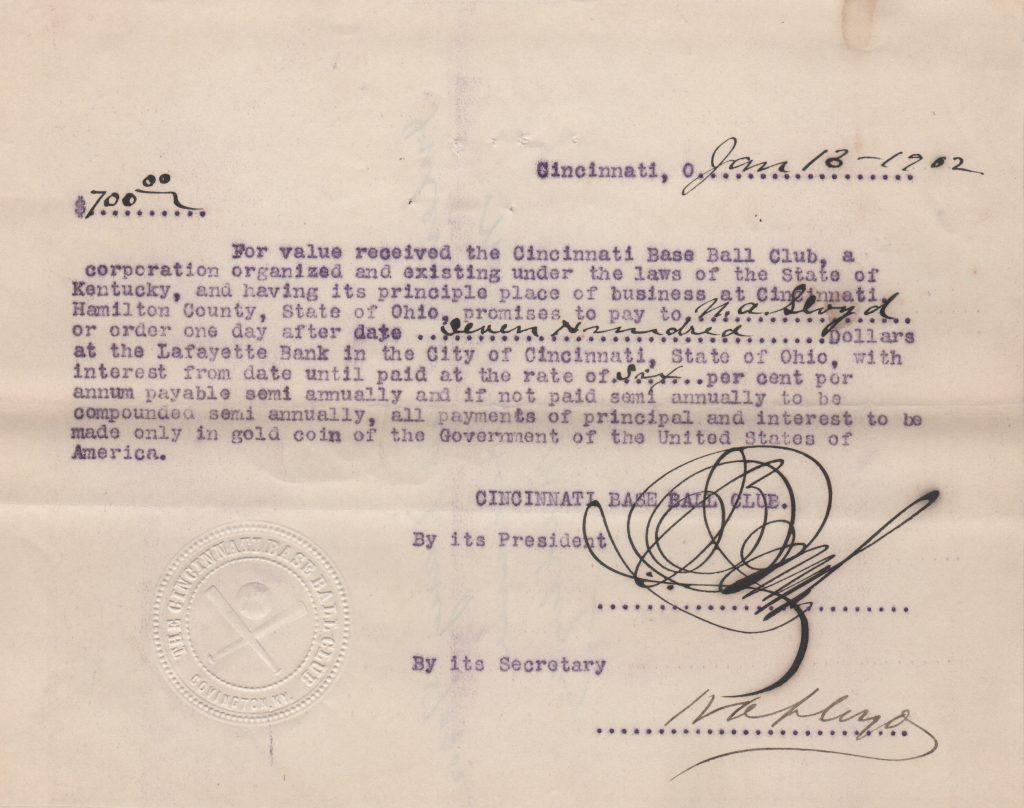
John T. Brush was elected to the Hall's “Honor Rolls of Baseball” in 1946
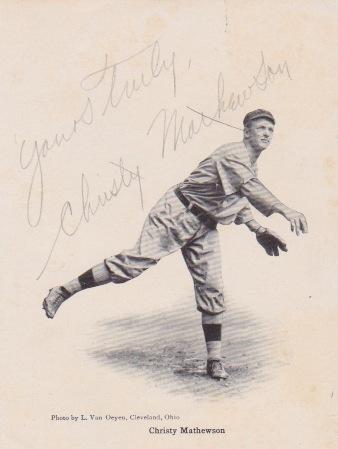
Brush "traded" Christy Mathewson to the Giants for sore-armed Amos Rusie
